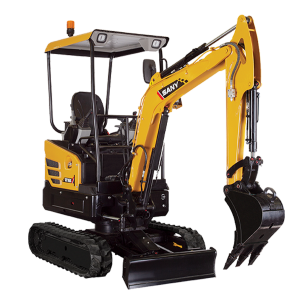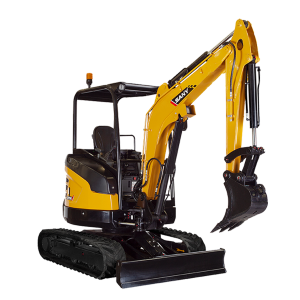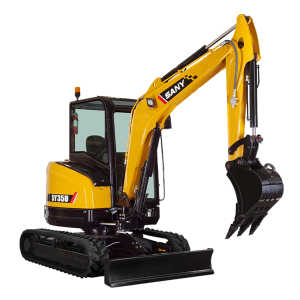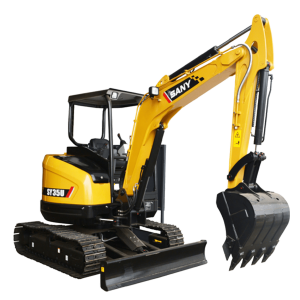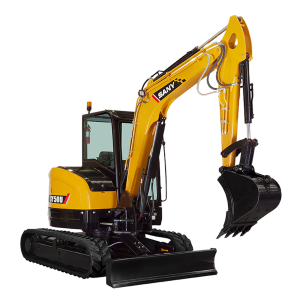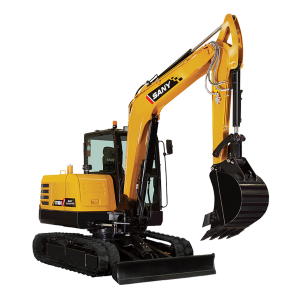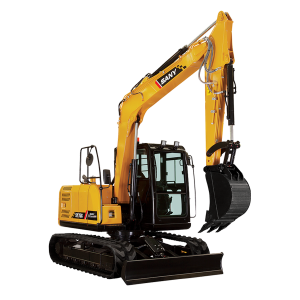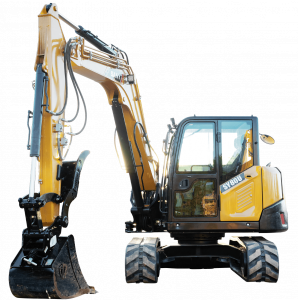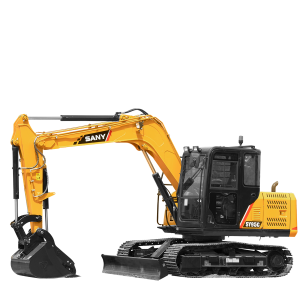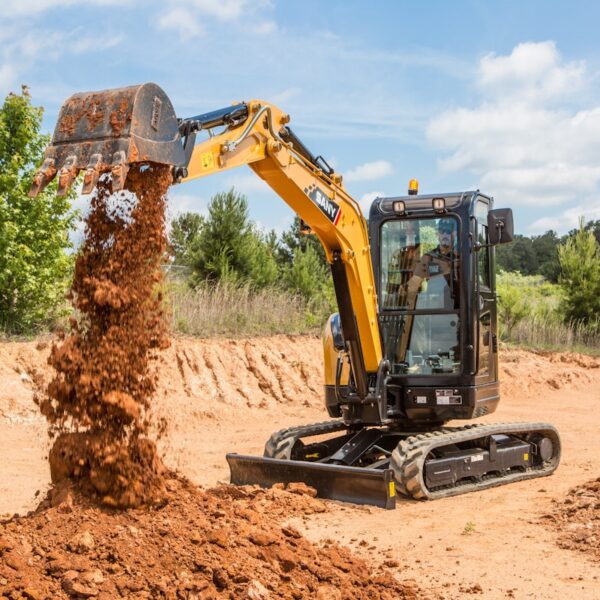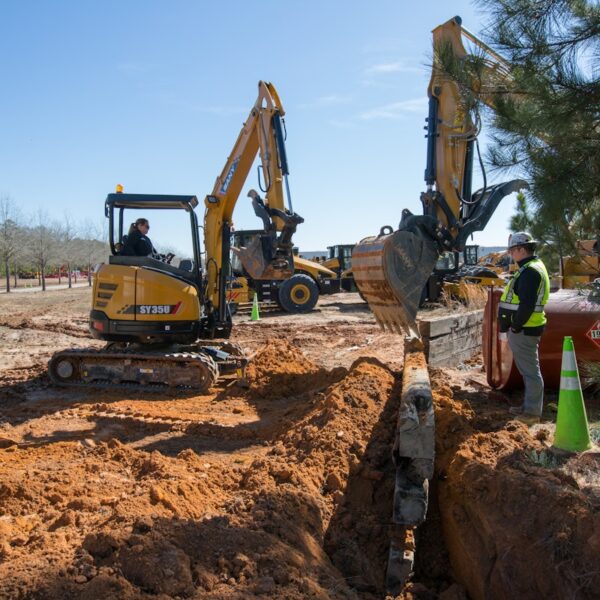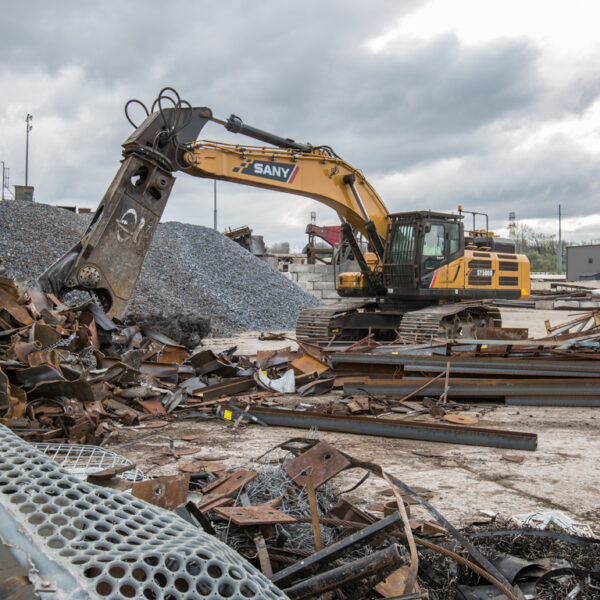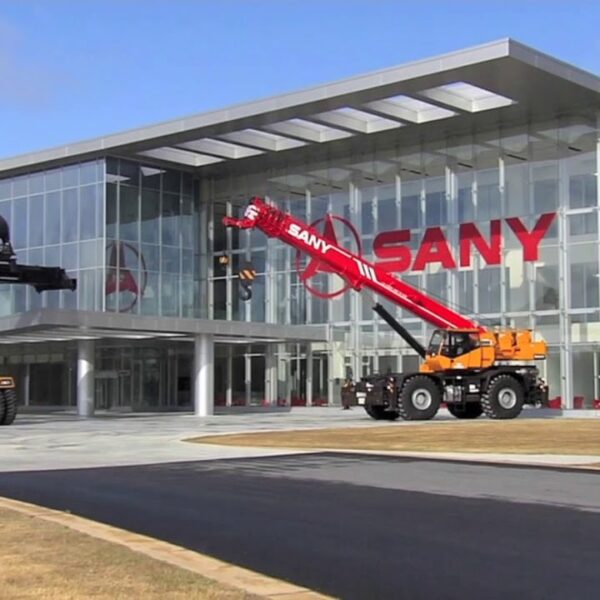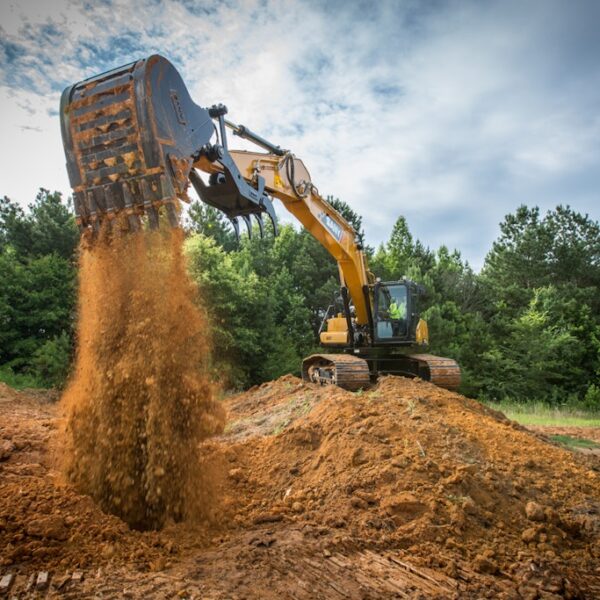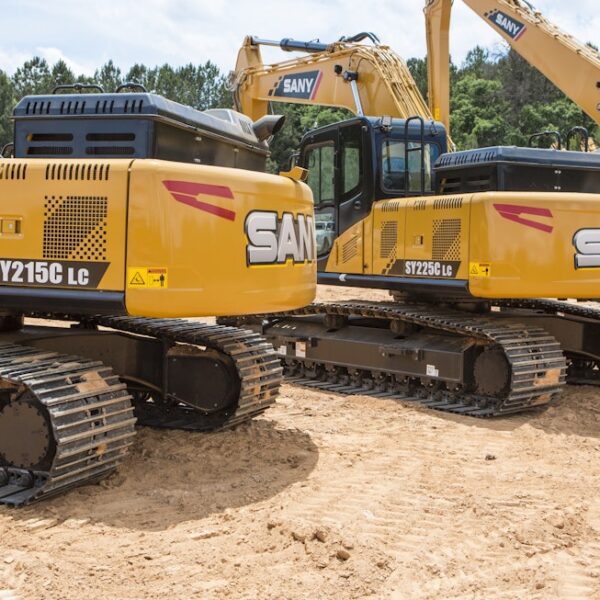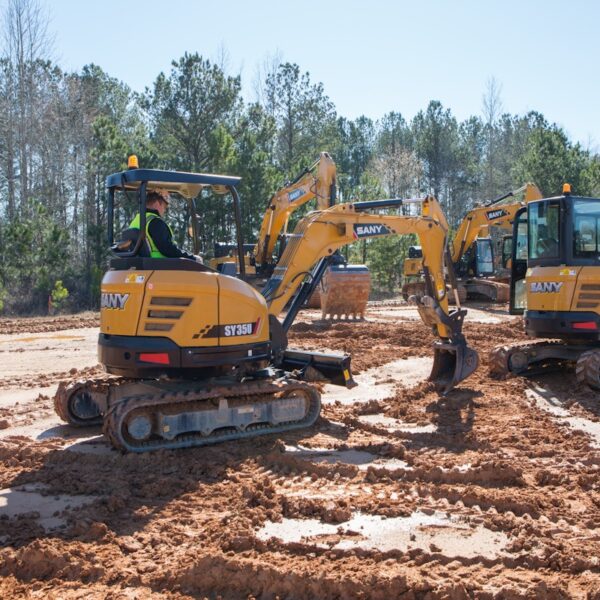You’ve probably heard a lot about buying green or ecofriendly elements in a lot of market products like cleaning agents, clothing and food. We have all heard about how we can help the planet by reducing, reusing and recycling, too. But these are individual actions – what about using your work to help the planet? If you’re in construction, you may have thought that your line of work wouldn’t intersect with anything ecofriendly, but that’s no longer the case.
If you read our 2023 construction trends article, you might remember hearing about green construction. Green construction is the construction and usage of buildings that are as ecofriendly as possible and the school of thought that surrounds it. This involves the use of environmentally sound design using sustainable building materials and incorporating energy-saving features, such as harnessing renewable resources like solar and wind where possible. This extends from the design stages through the final stages of the project. The end result is a structure that minimizes its impact on the land and on its energy intake.
Moving towards green construction is a good move no matter how you look at it. For one thing, no one wants to contribute to the scarcity of building materials, existing supply chain issues and resulting price hikes if they can help it. It’s also good business: The green construction market was valued at over $83 billion as of 2021 and has grown steadily since. There’s a lot of opportunity in this market!
The end result is lucrative, too. Buildings made with green construction techniques tend to sell and rent at a premium, as much as 11.1% higher than conventionally constructed structures. Everyone wants to be a part of the solution, and they’ll pay for it, too. Of course, green construction buildings tend to save money on energy costs for tenants, so it’s an attractive investment.
Now that you know about green construction, what do you need to do to take advantage of this movement?
- Learn about your certificates and governing bodies. There are multiple organizations in the United States that will point you in the direction of certified architects and businesses and show you how to obtain those certifications yourself, such as the Leadership in Energy and Environmental Design (LEED) certificate that’s administered through the U.S. Green Building Council.
- Identify local opportunities. Do you know of a nearby sustainable building material manufacturer that you could get supplies from, or a local green architect you’d like to contract for? The closer your opportunities are, the easier it is to capitalize on them. Plus, you’ll save on the less fuel and energy you’ll need to take advantage of them.
- Familiarize your workers. Diving into green construction may confront your workers with practices, procedures or materials that they’re not experienced with. Be sure that everyone is briefed on what they don’t know and encourage them to stay flexible as everyone learns. It’s for a good cause, after all.
As the market for green construction grows, you’re likely to see more and more of these projects pop up in your area. As you learn more about the market, we hope you’ll take advantage and get into the green building mix.
